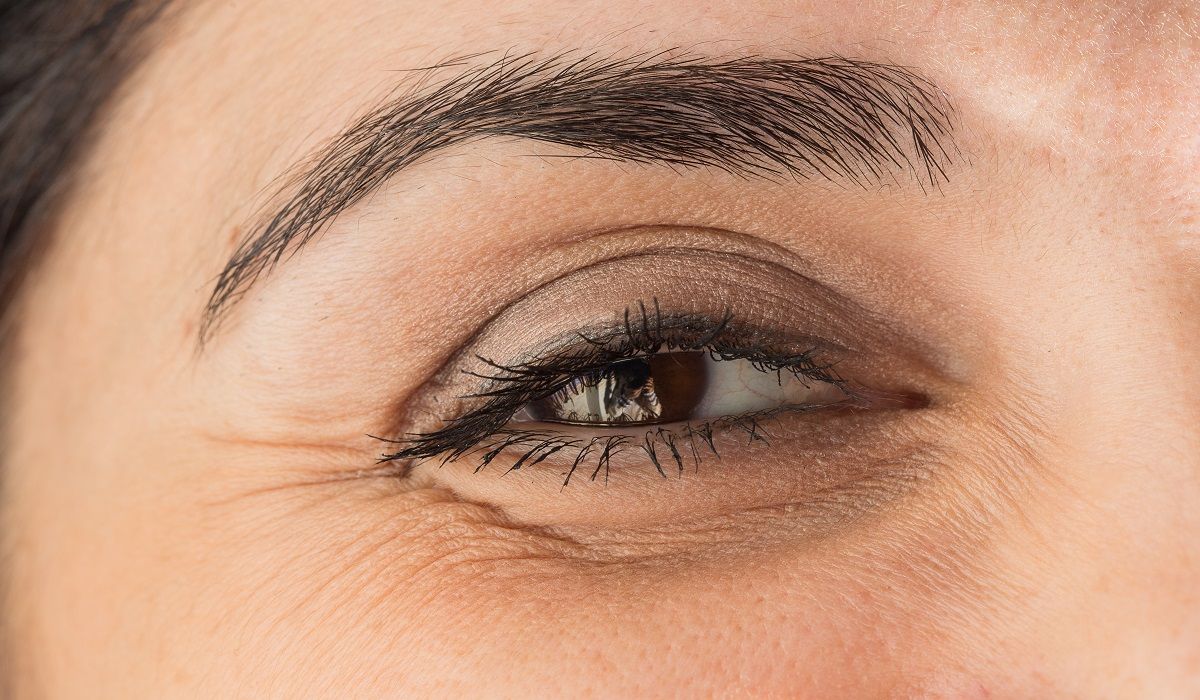Brolucizumab Meets Endpoints in Phase III Trials
The drug is comparable to aflibercept for nAMD, according to Novartis.

Swiss multinational pharmaceutical company Novartis is reporting positive phase III results for brolucizumab (RTH258) for the treatment of neovascular age-related macular degeneration (nAMD).
The drug met its primary and secondary endpoints of both the HAWK and HARRIER phase III trials in 6 mg and 3 mg doses. Primary and key secondary efficacy endpoints were non-inferiority of brolucizumab to aflibercept (Eylea) in mean change in best-corrected visual acuity (BCVA) from baseline to week 48, and average mean change over the period of week 36-48, respectively.
Both endpoints were met with highly significant p values, according to a statement from Novartis. Moreover, the drug was generally well tolerated and saw adverse event rates comparable to aflibercept.
Brolucizumab showed long-lasting efficacy versus aflibercept dosed every eight weeks, according to the statement. 57% of patients in the HAWK study and 52% of patients in the HARRIER study were maintained exclusively on a 12-week interval after the loading phase up until week 48.
“These results clearly and convincingly demonstrate RTH258 [brolucizumab] has the potential to reduce injection burden while providing excellent visual outcomes,” said Vas Narasimhan, Global Head, Drug Development and Chief Medical Officer at Novartis. “Based on these robust data, we are looking forward to working with regulatory agencies to bring this pioneering treatment to patients.”
The HAWK and HARRIER studies monitored 1,800 patients across 400 centers worldwide. They are the first global head-to-head trials in patients with nAMD that prospectively show efficacy with a pre=specified injection interval of 12 weeks.
Brolucizumab is a humanized single chain anti-body fragment designed specifically for the eye. The drug’s architecture results in a small molecule that allows for potent inhibition of, and high affinity to all VEGF-A isoforms. This results in potential benefits including improved tissue penetration and rapid clearance of the systemic circulation.
nAMD is the leading cause of severe vision loss and legal blindness in people over the age of 65 in North America, Europe, Australia and Asia, affecting between 20 and 25 million people across the globe.
“We are pleased that RTH258 [brolucizumab] carries the promise of being the next major advancement for patients with nAMD,” Narasimhan said.